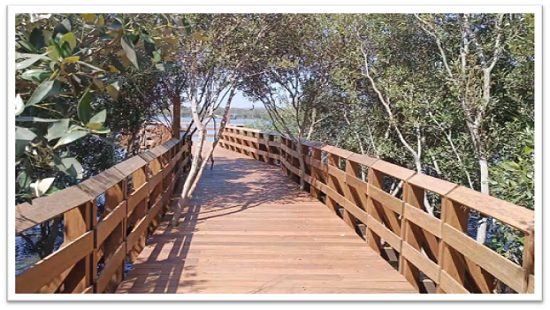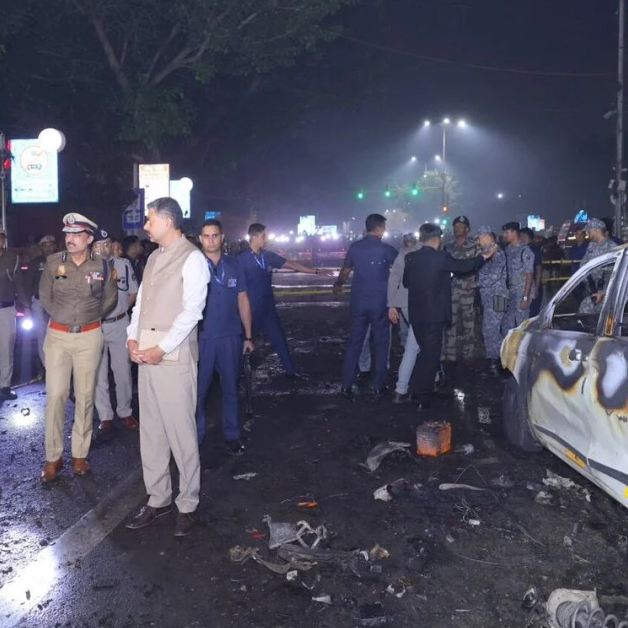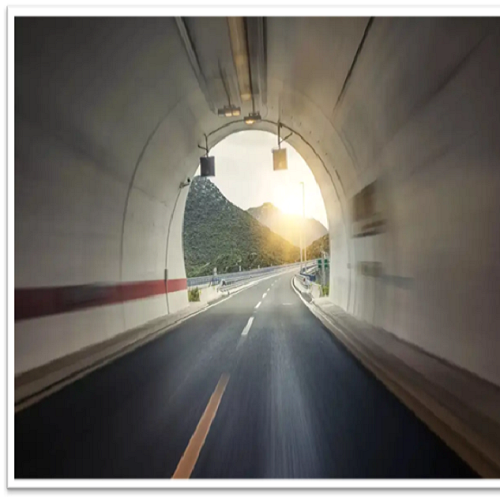
Mumbai’s Twin Mangrove Parks in Gorai and Dahisar Set to Redefine Urban Eco-Tourism, Conservation, and Coastal Awareness
Mumbai, India’s financial capital, is about to witness an ecological transformation that blends sustainability with tourism. The city will soon boast two dedicated mangrove parks, one in Gorai and the other in Dahisar, designed to preserve Mumbai’s vital coastal ecosystems while offering citizens and tourists an immersive nature experience. The Gorai Park is expected to open on November 15, while work on the Dahisar facility continues, signaling a major stride toward integrating green infrastructure with urban planning.
The initiative represents a rare confluence of eco-tourism, biodiversity conservation, and education, making it one of the most ambitious urban ecological projects in Maharashtra. The Mangrove Cell and the Maharashtra Tourism Development Corporation (MTDC) are jointly spearheading the effort under the close supervision of Union Minister and Mumbai North MP Piyush Goyal, who recently reviewed the progress in a high-level meeting at Borivali.
Gorai Mangrove Park: An Ecological Landmark in the Making
The mangrove-themed urban ecological park in Gorai, being developed near the jetty, comes with an estimated cost of ₹30 crore. Envisioned as a model for coastal sustainability, the park will serve as a living classroom for ecology enthusiasts and students alike. Its interpretation centre will educate visitors on coastal protection, biodiversity, and the critical role of mangroves in carbon sequestration, offering interactive models, digital installations, and educational displays.
One of the park’s most striking features is its 800-meter-long elevated wooden boardwalk, designed to provide tourists with an immersive yet eco-sensitive experience through the mangrove forests. According to officials, the project has reached its final phase, with both infrastructure and interpretive installations nearing completion.
Authorities have emphasized that no mangrove felling has occurred for the boardwalk construction. However, environmentalists and locals have urged strict oversight to ensure minimal impact on the fragile ecosystem. “If elevated wooden structures are being built, there could still be some stress on the mangroves beneath. The authorities must ensure proper mitigation and transplantation wherever required,” said a local resident from Gorai.
In addition to the park, the Gorai tourism hub will include several attractions such as a Vintage Car Museum, a Wax Museum, and a Historical Event Museum. These will form part of a larger integrated development aimed at creating a balance between recreation and ecological responsibility.
Dahisar Mangrove Park: A Coastal Experience Rooted in Sustainability
While Gorai’s park nears completion, work at the Dahisar site, a 30-hectare mangrove plot, has begun in earnest. Out of the total area, 0.93 hectares will be opened to the public, developed at an investment of ₹80 crore. The park is strategically located along the Link Road, parallel to Metro Line 2A, offering easy accessibility for suburban residents. Construction began in April 2025, with completion targeted within two years.
The Dahisar Mangrove Park will feature a 400-meter-long trail meandering around the mangrove forest, complete with eco-recreational amenities like a crab pond, floating jetty, kayaking trails, and an observatory deck for birdwatching and coastal monitoring. These facilities are designed to allow visitors to experience the serenity of the mangroves while fostering public awareness about the city’s coastal ecology.
Authorities confirm that both parks will be eco-regulated zones, ensuring that footfall and recreational activities remain strictly controlled to avoid ecosystem disruption. Public access will be managed through guided trails and regulated entry points.
Integrated Tourism Vision: Beyond the Parks
The Gorai site will also serve as a hub for future eco-tourism and cultural experiences. The MTDC, which owns 128 acres of land in Gorai, has outlined plans for a public-private partnership (PPP) model to develop additional attractions including an Aquarium, Tent City, Luxury Hotel, and Adventure Centre.
Government sources said a compound wall spanning 6,500 meters around the land parcel is currently under construction, with 5,400 meters already completed. The remaining section faces encroachment issues, which are being systematically addressed. Officials expect the boundary wall to be fully completed by December 2025, barring areas where demolition or clearance is pending.
A senior MTDC official highlighted that the integrated development aims to balance tourism with ecological integrity. “Our objective is to build attractions that educate and inspire. The mangrove parks are not just green spaces, they are living laboratories of nature conservation,” the official said.
A Model for Urban Eco-Conservation
Mumbai’s mangrove belt, spread over 6,600 hectares, serves as the city’s first line of defense against coastal erosion, flooding, and storm surges. The creation of dedicated mangrove parks aligns with Maharashtra’s long-term strategy to enhance urban climate resilience and ecological literacy among citizens.
Experts believe the initiative can set a national precedent for how urban areas can integrate green infrastructure within dense metropolitan regions. “Mangroves are the lungs of Mumbai, and turning them into community-accessible learning zones can shift public perception from exploitation to preservation,” said an environmental researcher from the Bombay Natural History Society (BNHS).
Looking Ahead
Once both parks are operational, they are expected to attract thousands of visitors annually, from school groups to international tourists. More importantly, they promise to deepen public understanding of how mangroves safeguard the city’s coastline, regulate temperature, and serve as biodiversity hotspots.
The Gorai-Dahisar mangrove twin park project represents more than an environmental development, it is a cultural and civic investment in the future of Mumbai’s ecology. With the right balance of accessibility, education, and preservation, these green corridors could redefine the city’s relationship with its fragile coastal landscape.
As Mumbai readies itself for this new chapter in urban sustainability, the twin mangrove parks may well become symbols of a greener, more resilient, and more conscious metropolis, where progress and preservation walk hand in hand.





